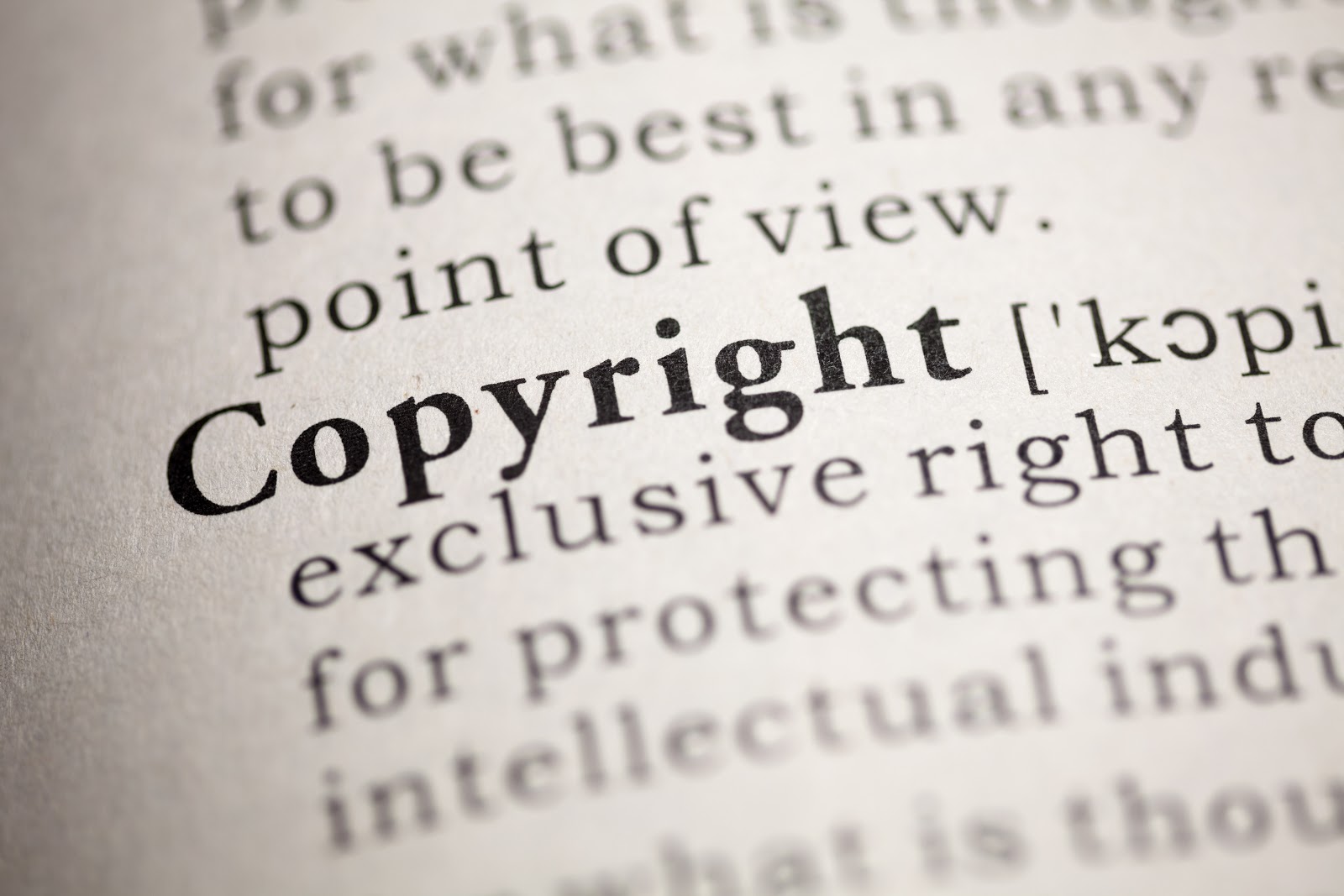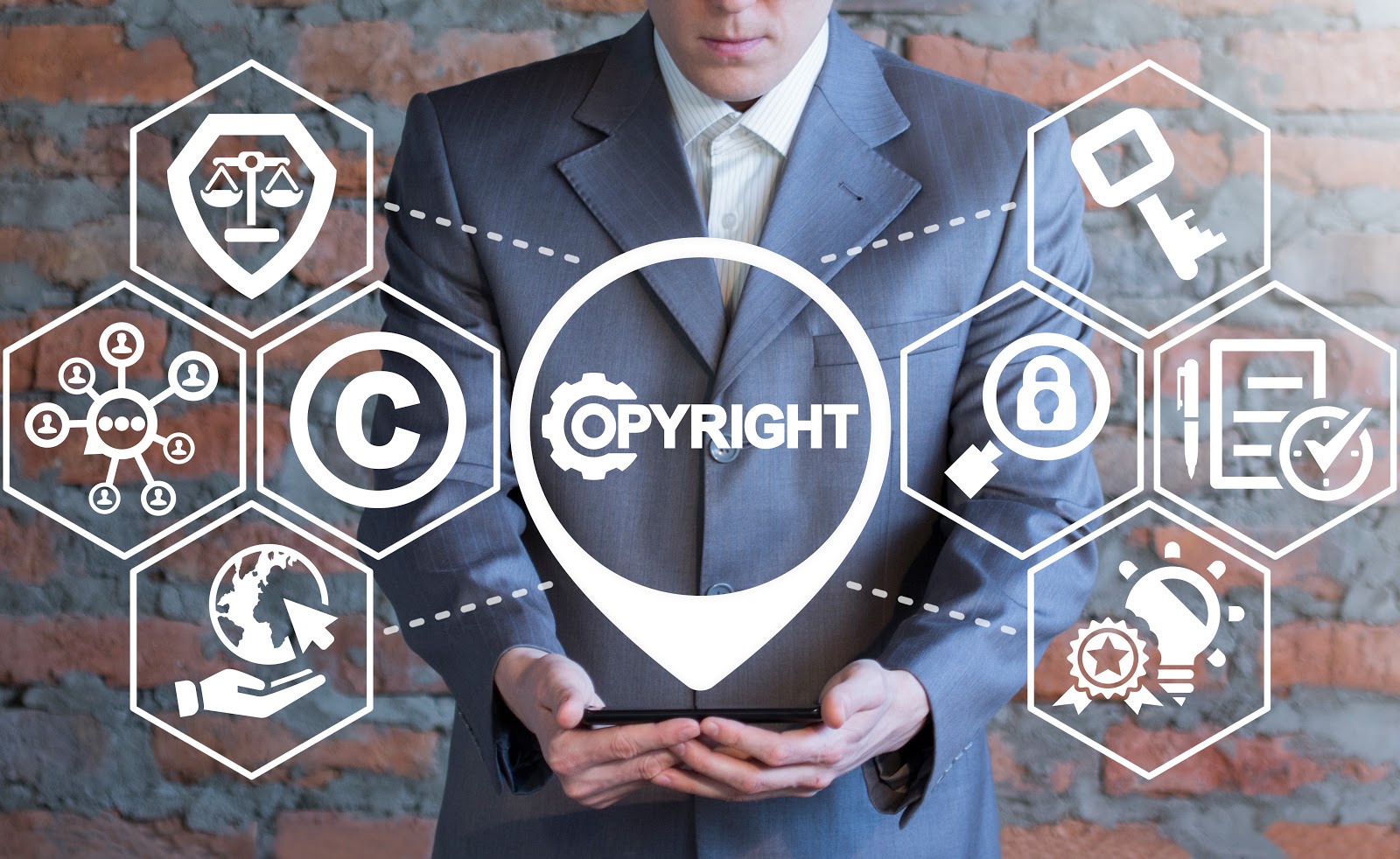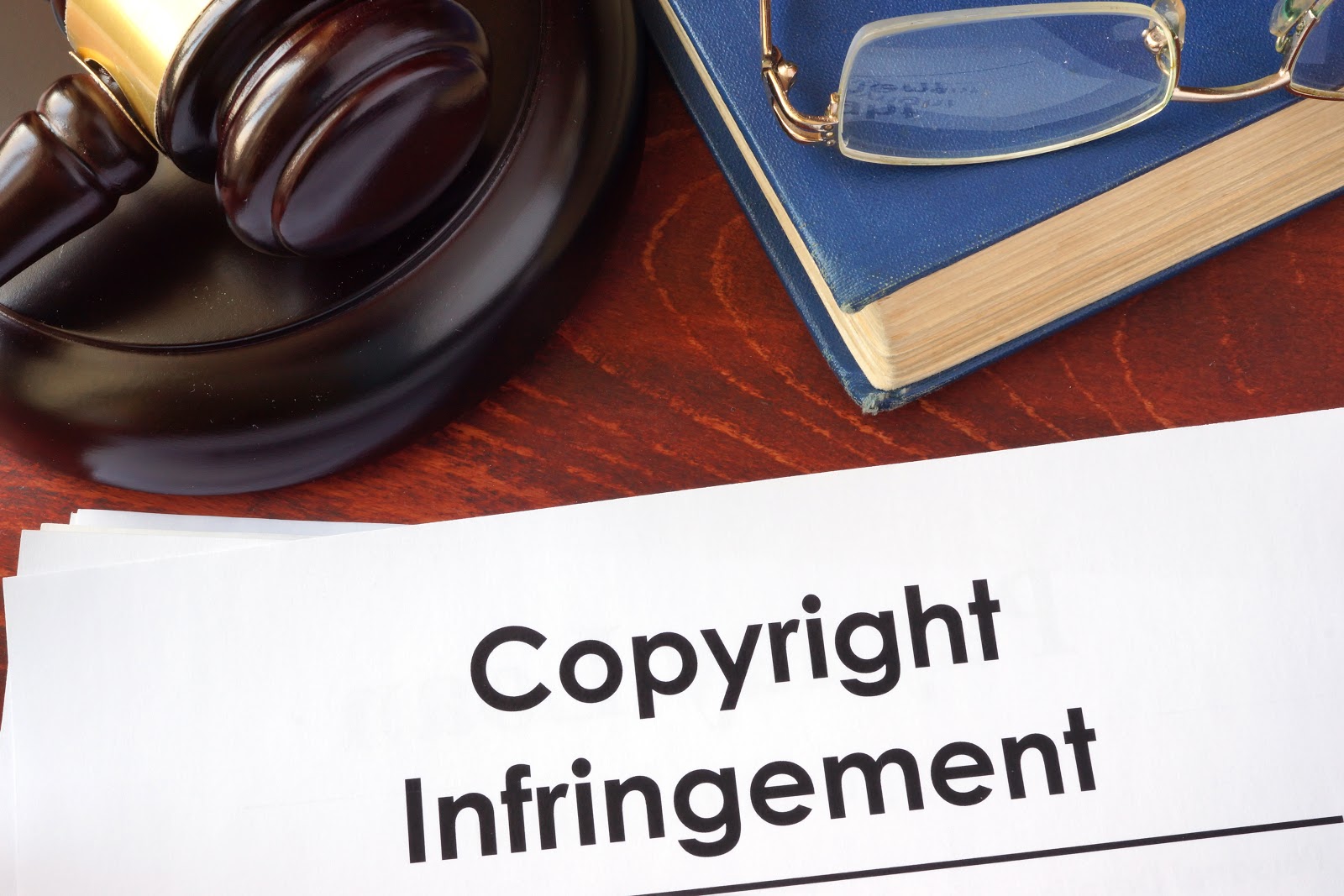Copyright protection was first brought into law as far back as 1710 when it was enacted in England. It was the first time where a state recognized the author of an original work owned its copyright. However, it still required the owner to deposit their work to copyright libraries at completion.
All this changed under the Berne Convention set up in 1886, which works across borders and automatically protected any work - published or unpublished. It covers authors, musicians, painters, and any other form of artist. Today, 173 out of 194 nation states are members.
As a result, copyright law is similar in most parts of the world and it applies as soon as you start writing, drawing, or producing. So, let’s explore what it is.




What Is Copyright

(Source: Stock.adobe.com)
To put it simply, we should look at the US government’s view of copyright: “Copyright, a form of intellectual property law, protects original works of authorship including literary, dramatic, musical, and artistic works, such as poetry, novels, movies, songs, computer software, and architecture. Copyright does not protect facts, ideas, systems, or methods of operation, although it may protect the way these things are expressed.” So, in essence, it protects any form of material expression - whether it’s through an e-book, song, or software. However, it does not protect ideas, concepts, or facts. Such things like processes, methods, and systems can be protected with patents. Copyright owners can expect to be able to:- Reproduce the work
- Prepare "derivative works" (other works based on the original work)
- Distribute copies of the work by sale, lease, or other transfer of ownership
- Perform the work publicly
- Display the work publicly
Why You Need Copyright

(Source: Stock.adobe.com)
Far from being a barrier, copyright serves as an incentive for producing creative works. It ensures your intellectual property is an asset. If people could simply copy your work, whether it’s a book, painting, or song, and sell it - then the value of your asset will dwindle. Copyright ensures that this does not happen, and gives owners the right to control the economic value of their work. Your creations can also retain, and even build value over time. Copyright ensures this can be protected even after the author’s death for a duration of 70 years. This means the value of your work can be handed down the generations through your estate. Having control over the distribution of your work is another key benefit. If you see a demand for your copyrighted work, then you can maximize your financial rewards by licensing others to either use or distribute your creations. Licensing enables you to set the terms and conditions under which others can use your work. Any infringement of these terms is considered as breaking the law and can incur financial penalties - payable to you.What Is Copyright Infringement

(Source: Stock.adobe.com)
Copyright infringement is a generic term which covers any act that breaks the conditions set by the copyright holder. This could include the use of content without permission, violation of a pre-agreed contract, or display the protected work. These are usually resolved through direct contact between the holder and the “culprit,” where a negotiation process may follow. In more severe cases, court action is required. In many cases, people will not realize they are committing copyright infringement. This is why it’s a smart move to contact them or their representatives before escalating the situation any further.Examples of Copyright Infringement:
- Using images without permission or attribution
- Copying songs or lyrics without permission
- Distributing e-books without agreement of copyright holder
- Copying articles available online
Copyright in Digital Media
Since copyright has been around long before digital even existed, there is some confusion about how it can be applied to digital content. Let’s be clear: Digital works have the same protections as any other form of content. For example, your e-book has the same protections as a physical copy. However, with the amount of data coming out of the internet every day, it’s a challenge to monitor all the content. To ensure your documents are protected, you need to take action now.How to Protect Your E-Book

(Source: Stock.adobe.com)
While the Berne Convention automatically gives you the legal rights to your content, enforcing this requires a proactive approach. As we’ve said before in previous posts, e-book piracy is significant issue authors and publishers need to consider. In 2017, over 31 million e-books were illegally downloaded in the United States alone. This equates to a total of $315 million in lost revenue, and a sizable proportion of total sales. And it’s not only sales that can take a hit. When you’re not in control of your e-book distribution, content can be edited and presented differently. This invariably causes a negative perception of your reputation. At EditionGuard, we provide Digital Rights Management (DRM) software to protect your e-books. The reality is to ensure you can exercise your rights; you need to use DRM.

